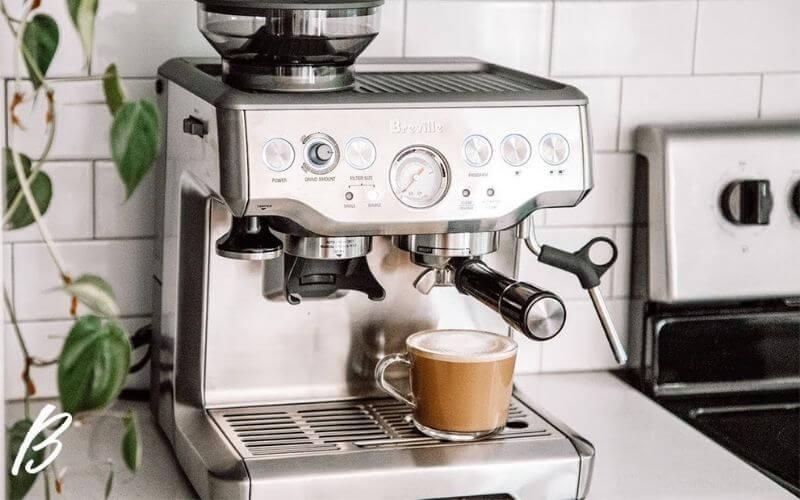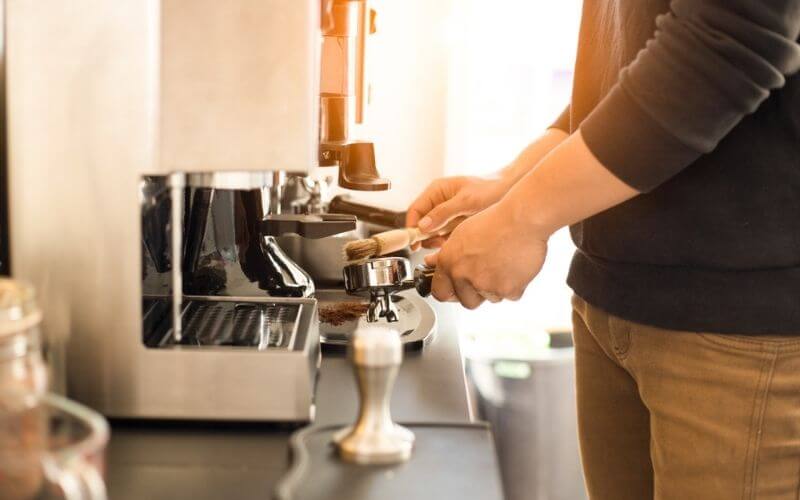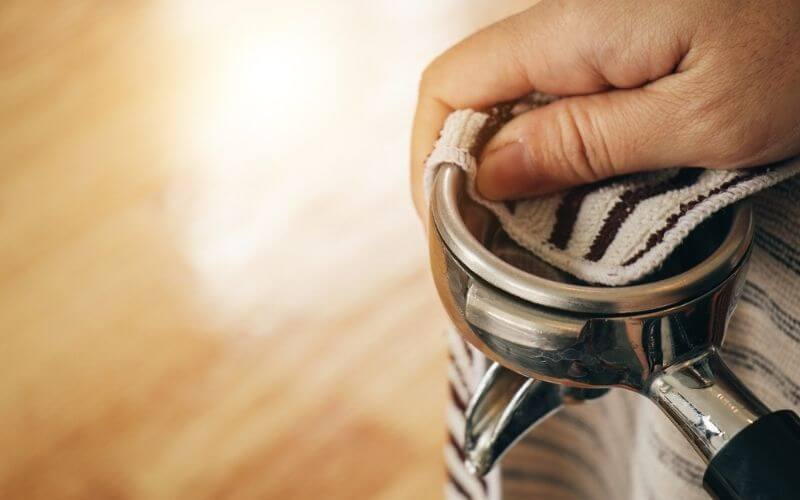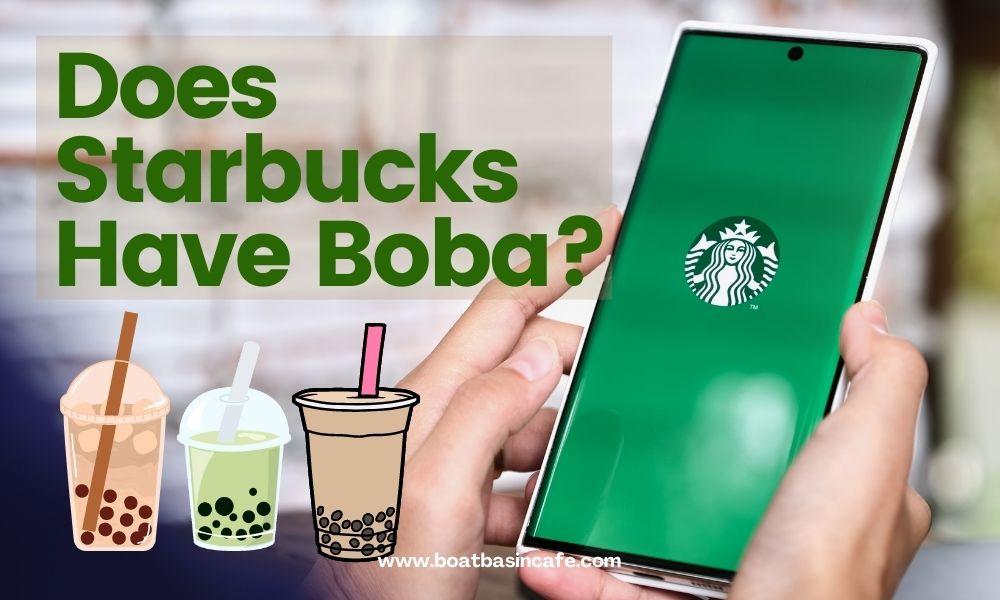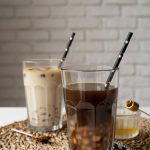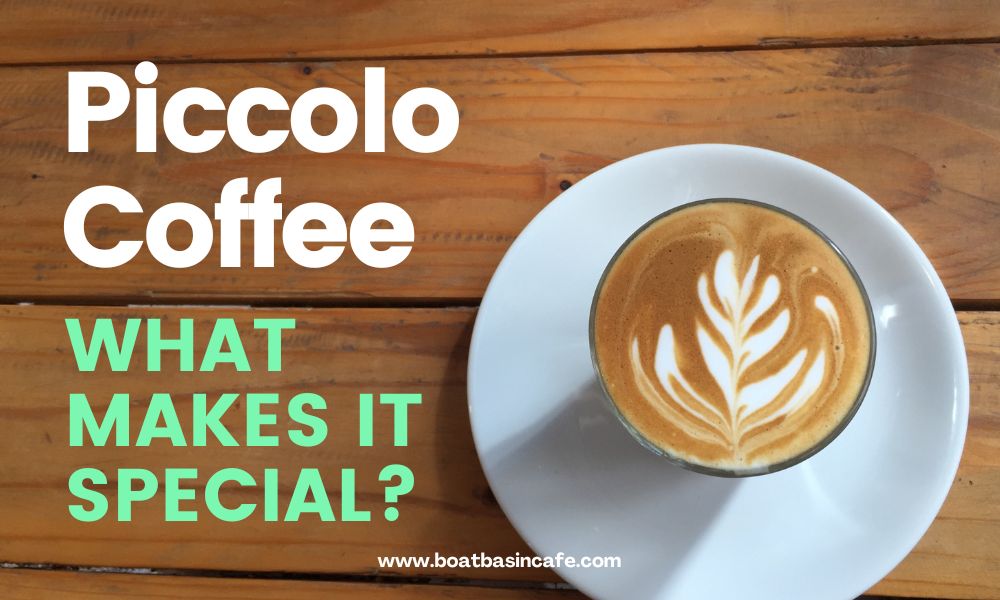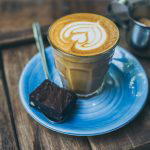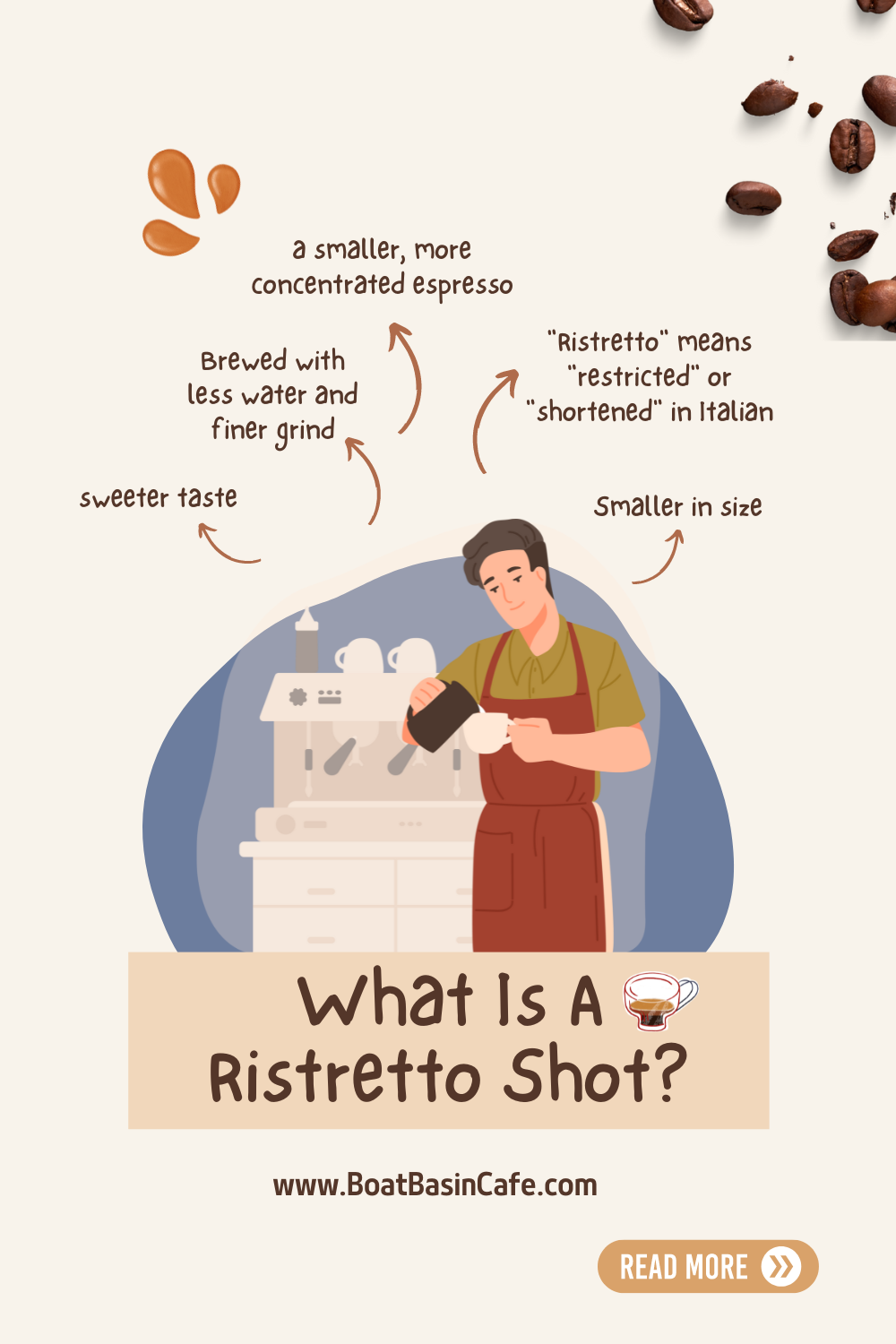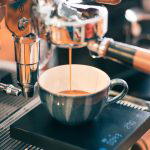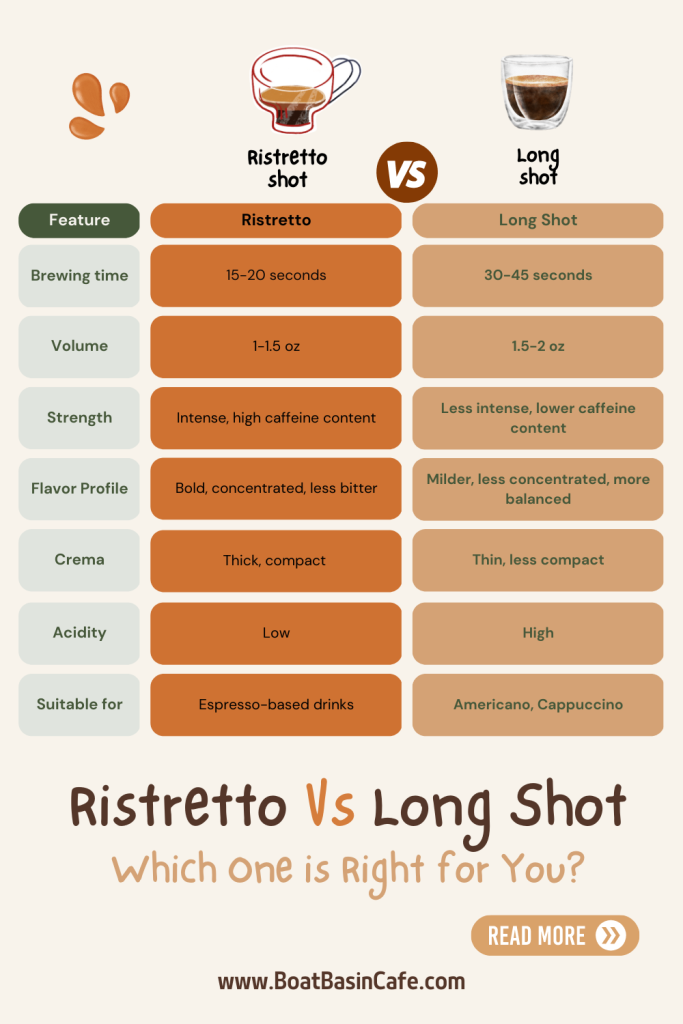Starbucks introduced us to Blonde roasted coffee which just added to our list of another-coffee-related-phrase-we-don’t-understand.
It turns out, blonde roasted coffee is quite simple and actually super delicious! As a fellow coffee lover, we thought it might peak some of your interest to know more about this.
In this article, you will find everything you need to know about blonde coffee. From what blonde coffee is to how you can make it at home, this is a complete guide to blonde coffee.
What is Blonde Coffee?
What is blonde roast coffee exactly? Just like the name, blonde roasted coffee is a version of roasted coffee that is lighter in color.
This means the coffee beans are not roasted for an extensive period of time. Most of us are used to darker and deeper roasts so it can be quite a jump to try blonde coffee.
But once you do, the appeal of blonde coffee will be clear to you. As it does not get long exposure to heat, it has a higher acidity level than any other coffee roasts. This creates a distinctive flavor to your cuppa.
Blonde coffee was initially advertised as “cinnamon roast” but people kept confusing it with Starbucks cinnamon flavor. So they changed the name to blonde and it immediately caught everyone’s attention!
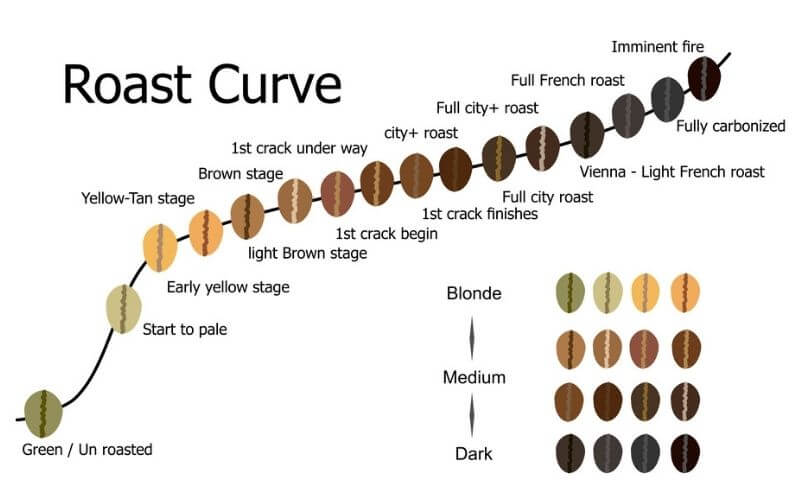
Blonde coffee is all about the coffee beans. You will be able to tell whether the bens are quality or not upon the first sip. Dark roasts often help to hide the bean quality as it all looks and tastes quite similar after brewing.
Blonde coffee on the other hand is like an open book. So if you use cheap beans, it will show.
We think blonde roast should only be done if the beans are of premium quality. This type of roasting really lets the coffee beans shine.
History of Blonde Coffee
“Light City”, “Half City”, and “New England Roasts” are other names for the blonde variety of coffee that has gained popularity due to its mellow flavour and light roast. Blonde coffee, as opposed to darker roasts, is noted for having a milder and smoother flavour that even occasional coffee drinkers can appreciate.
The Origin of the Name
The name “Blonde Coffee” was derived from the light color of the coffee beans, which is a result of the light roasting process. In the past, this type of coffee was called Cinnamon Roast, but the name was changed as it was believed to refer to the taste and not the color of the beans.
Misconceptions About Blonde Coffee
In the past, blonde coffee was often thought of as weak or less powerful because of its light color. However, this belief was due to the fact that darker coffee was often imported from politically more developed countries. Today, the misconception about blonde coffee’s weak flavor has been dispelled, and it is widely recognized as a delicious and approachable coffee roast.
The Benefits of Blonde Coffee
One of the key benefits of blonde coffee is its mild flavor profile, which makes it a great choice for those who don’t drink a lot of coffee. Unlike other roasts that can be overpowering and bitter, blonde coffee has a smooth and approachable taste that is more accessible to a wider range of coffee drinkers.
Additionally, blonde coffee is considered to be a great option for coffee drinkers who are looking to reduce their caffeine intake. Because of its light roasting process, blonde coffee has less caffeine compared to darker roasts, which can help to limit jitters and other side effects associated with caffeine.
What is Blonde Espresso?
Blonde espresso is made using lighter roasted beans. This specific roasting level provides a sweet and smoother taste compared to a regular espresso.
If you are someone who does not like too bitter or sharp coffee, blonde espresso might be just what you need. It has all the flavor and aroma of regular espresso but with a fruity, specifically lemony undertone.
This is due to the high acidity level of the beans. So you will feel pretty refreshed after having one of these.
Some complain how Starbucks coffee always tastes harsh and intense. You can try the blonde-roasted version for a mellowed-down experience. Blonde americano tastes really good too.
What is a Blonde Latte?
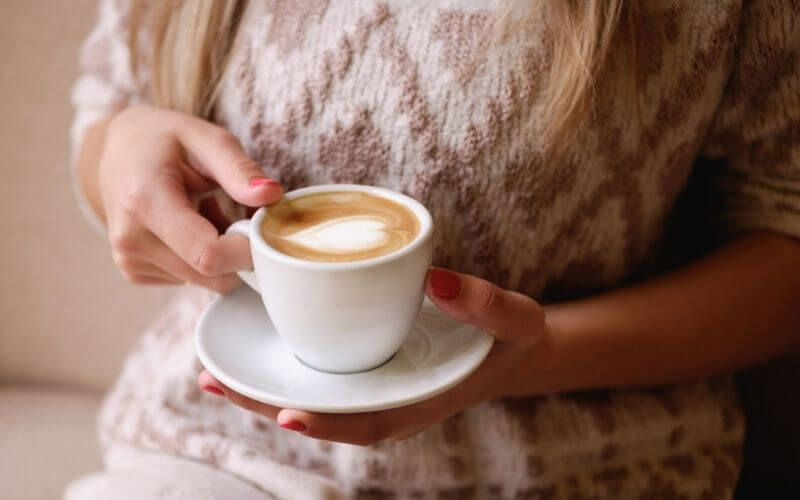
Blonde latte is a latte made using Starbucks blonde roast. Due to its mellow and sweeter taste, blonde coffee goes really well as caffè latte. Blonde vanilla latte is very popular and tastes wonderful.
The acidity of blonde roast goes better with certain drinks than others. One thing to mention is, if you plan on making a blonde latte at home, add the cream first to the cup and then add your espresso shot to it. Starbucks blonde vanilla latte is a classic example of doing it right.
The high acidity level of blonde coffee can cause the cream to separate. Adding coffee to the cream prevents that from happening.
Difference between Blonde and Regular Coffees
The main difference between coffee blonde and signature regular espresso is where the beans come from and how long they have been roasted.
Blonde coffee beans usually come from Latin America although they can be found in other places too. They are then roasted at a very specific temperature for a short amount of time.
The result is a soft and subtly sweet coffee experience. It is less bitter and intense than regular espresso and has a light fruitiness to it. You can drink it with any type of syrup.
Blonde coffee requires less sugar and syrup as it’s naturally a bit on the sweeter side. Starbucks blonde roast caffeine level is also higher than regular coffee.
Coffee blonde has a 10mg higher caffeine level per shot compared to regular coffee. As the coffee is almost intact after roasting, it has a higher caffeine level.
The espresso coffee we enjoy normally is made using African beans. They are roasted for a long period of time which gives them the classic dark chocolate brown color. When we think of coffee, this is what comes to our mind by default.
Signature espresso is dark and bold. If you are someone who doesn’t drink coffee regularly, this might not be what you want to try. It can taste almost bitter.
Some say traditional espresso has a chocolaty undertone to it whereas blonde espresso is more lemony. So you can understand how drastically different they are from each other.
How to Brew Starbucks Coffee at Home
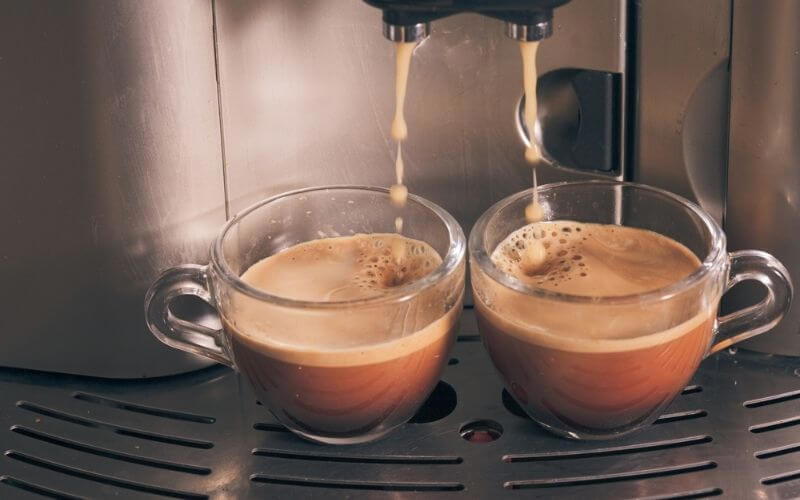
We all love Starbucks coffee in the morning, but they are so expensive and often too much of a hassle to get. If you could make it by yourself at home, would you go out every morning to buy it?
Here’s our guide to making Starbucks coffee at home:
- Start with picking the grind size. If you want an intense espresso, pick the finest grind you can find.
Medium-fine grind provides a mellower coffee. An easy way to remember is, fine grind looks like granulated sugar.
- A standard coffee mug can hold around 8 ounces of water. For a standard cup of coffee, use 2 ½ tablespoons of freshly ground coffee beans.
- Use your coffee maker to brew the coffee. Brewed coffee tastes better and richer compared to any other method. You get the best flavor this way.
That is it. It’s that simple. Now you can take it from here in whichever way you want. You can make an iced coffee from this or you can add cream to make a delicious latte.
You can add hot water to make an americano. There are so many different options and flavors to try. You can also use coffee creamers to make the coffee taste sweet and creamy.
Frequently Asked Questions
01. Is Blonde Coffee Strong?
Blonde coffee is not stronger than other types of coffee. If anything, it has a lower caffeine level than dark roast coffee.
The reason why it’s called blonde coffee is because it’s a fairly light roast. This provides a smooth flavor profile and feels very refreshing in the morning.
Contrary to popular beliefs, roasting of the coffee beans does not impact much on how strong it’s going to be. The type of bean you use determines the caffeine level. So if you get a blonde roast with Robusta beans, it’s going to be stronger than a dark roast of Arabica beans.
If you want strong coffee, look for Robusta beans instead of Arabica. The blonde roast Starbucks espresso shot caffeine level is 10% higher than their classic Italian roast.
02. Is Blonde Roast Healthy?
Yes, blonde roast coffee is healthy just like any other roasted coffees. Blonde roast in general is not very different from any other type of coffee in terms of nutrition level and caffeine content. It’s just a lighter roast.
If you add a lot of sugar to your coffee or consume too many cups of blonde americano every day, then it might become a health issue in the long run.
03. How Does Blonde Roast Taste?
Blonde coffee does not taste like regular espresso in any way. It has a sweeter and almost tangy taste with a very strong scent. Some say blonde coffee tastes sour and lemony.
The density of blonde roast is another thing to mention. Blonde roast is not as thick as a dark roasted brew.
Blonde roast tastes so distinctive due to its higher acidity level. Many think blonde roast actually shows the real flavor of the coffee beans.
If you compare blonde roasts with darker roasts, you might say darker roasts have a chocolaty and caramelized flavor compared to blonde coffee. The longer you roast your coffee beans, the more caramelized it tastes. Blonde flat white is something worth trying.
04. What Makes Blonde Roast So Special?
Due to its quick roasting process, blonde coffee develops something called “coffee silverskin. It’s basically an outer layer on top of the beans. This layer has high antioxidant properties which can help to improve your immune system.
Blonde coffee also has a high Vitamin C content which is why it’s so acidic. Vitamin C also provides the signature tangy and sour undertone to it.
05. Do Blonde Coffees Have More Caffeine?
Coffee blonde does not have more caffeine than regular roasted coffee. The level of caffeine solely depends on the type of coffee beans you are using. So if you use Arabica beans, both light and dark roast would have the same caffeine levels.
If you want higher caffeine content, try using Robusta beans instead of Arabica. Robusta has richer and higher caffeine that will keep you awake at night. It’s also super delicious!
Bottom Line
Starbucks has been one of the world’s top coffee chains for a reason. They keep adding new drinks and roasts to their menu which means there’s something for everyone! Blonde roast, something that started quite innocuously, has become a classic choice for many coffee drinkers.
Even though Starbucks was the first company or person to create blonde roast, they are the one who brought it to mainstream attention. Now that you know what blonde coffee is, you might plan to give it a try.
It’s a hit or miss for many people. In the end, we think it all depends on personal preference.
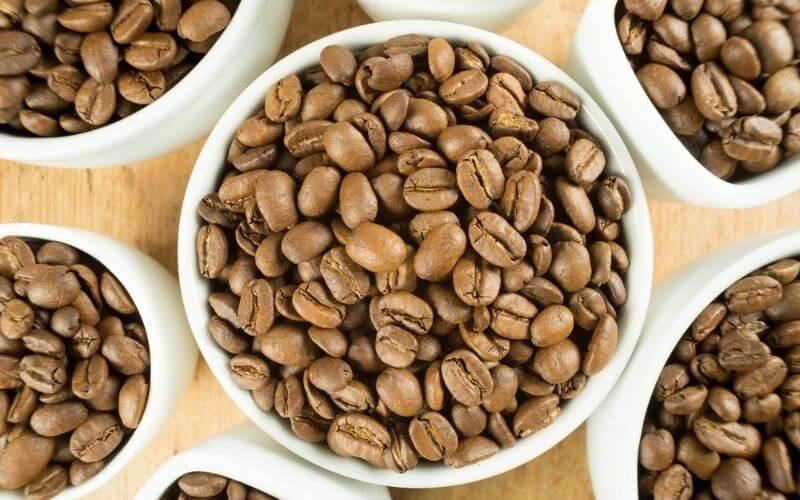
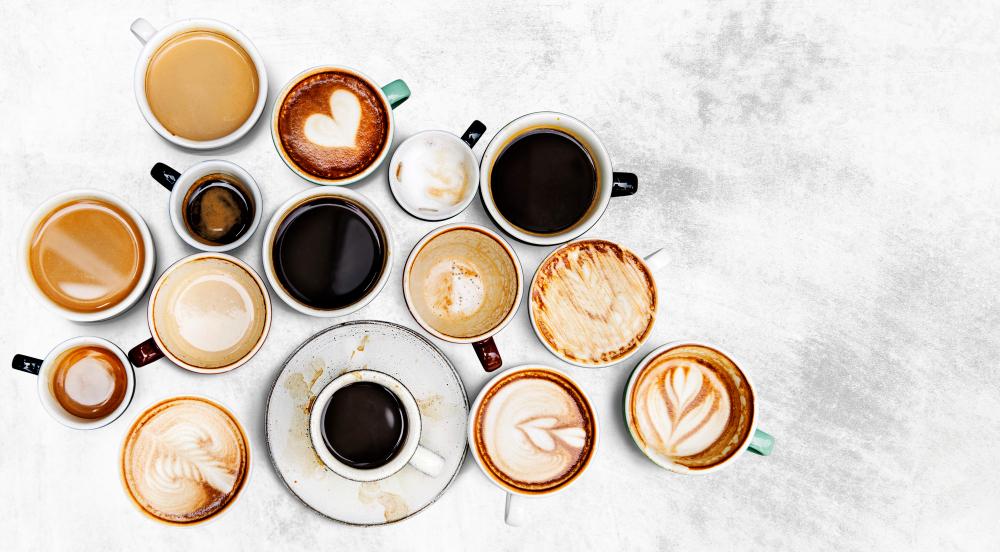
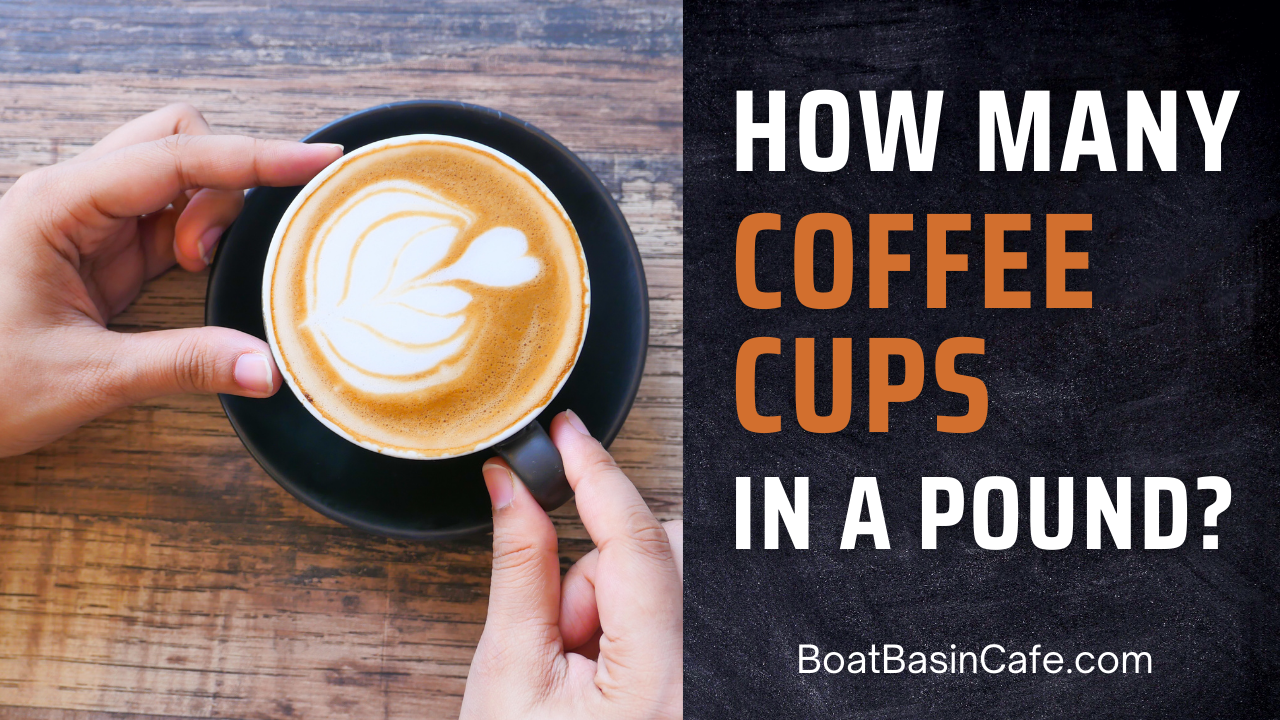

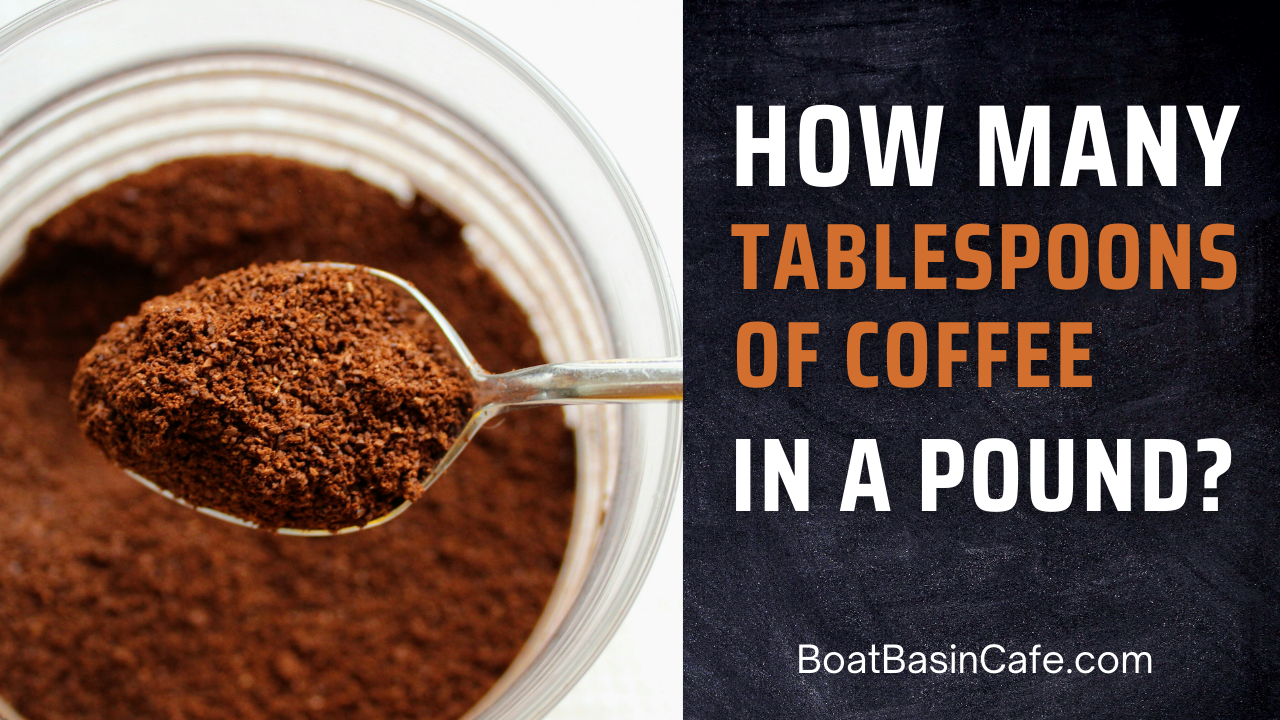
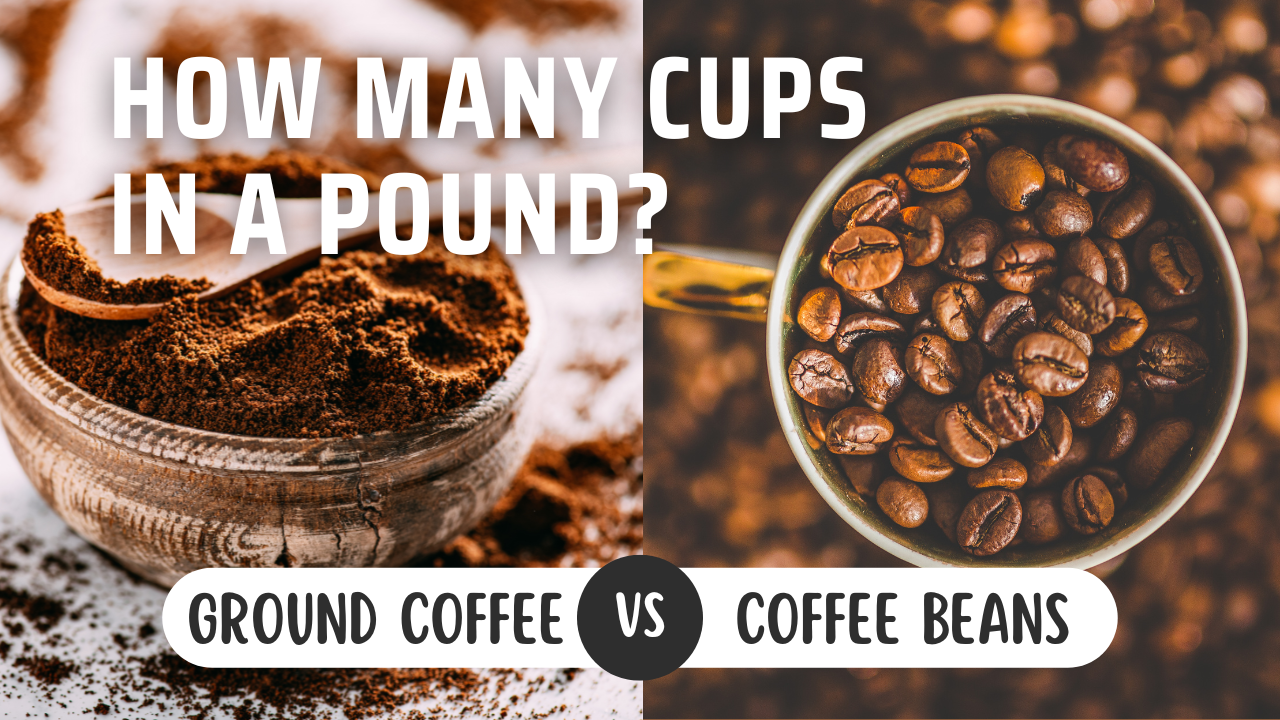
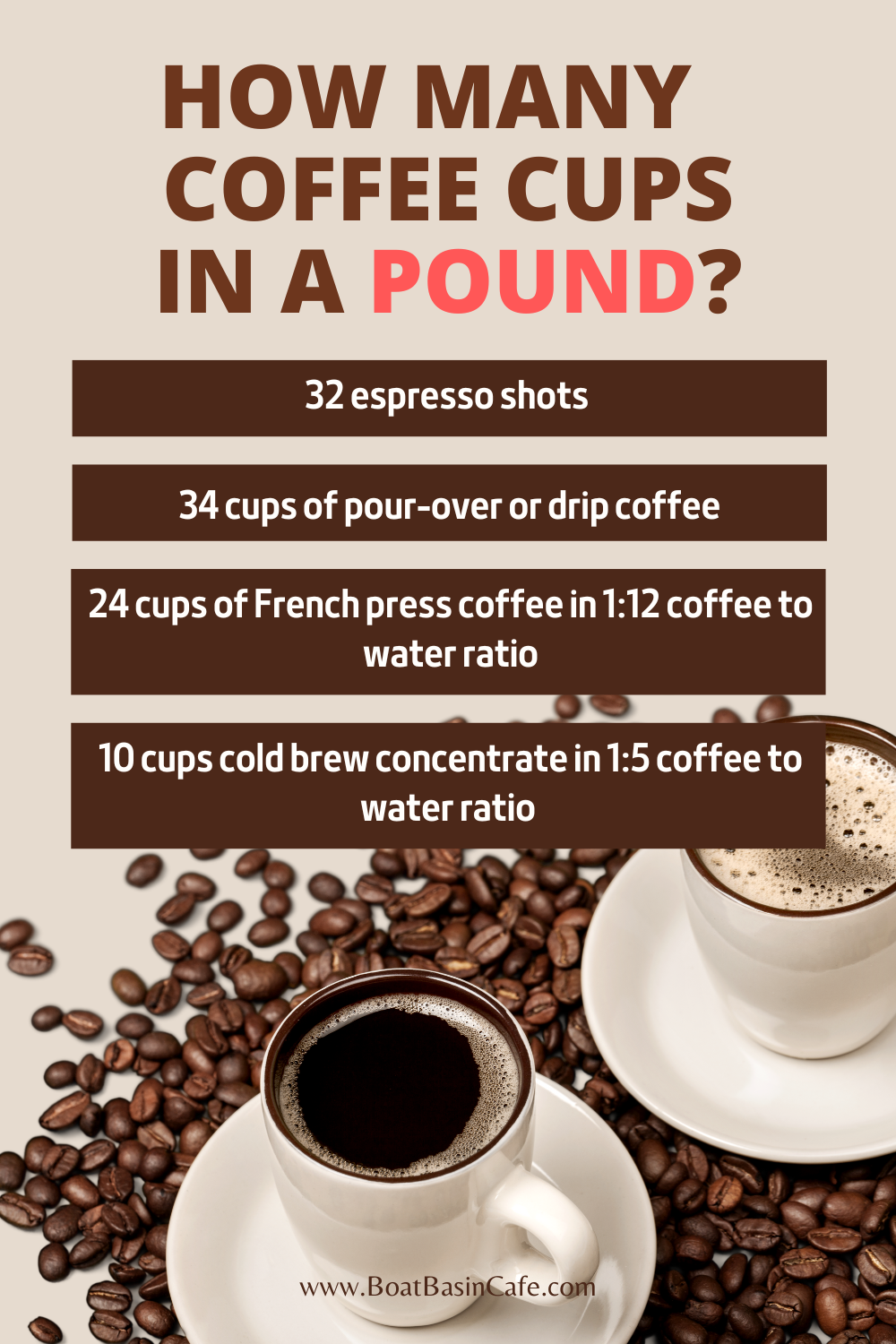
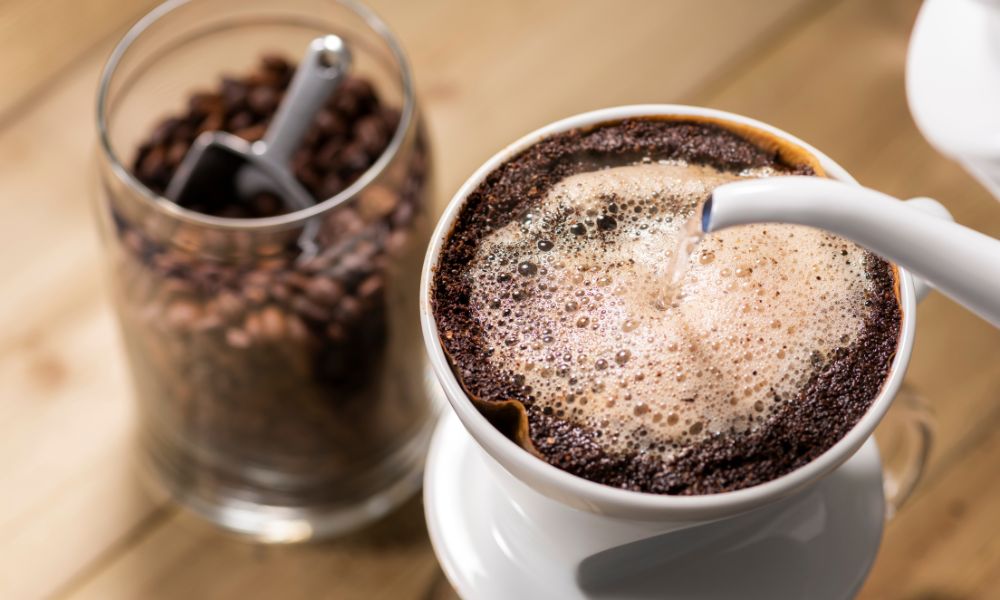
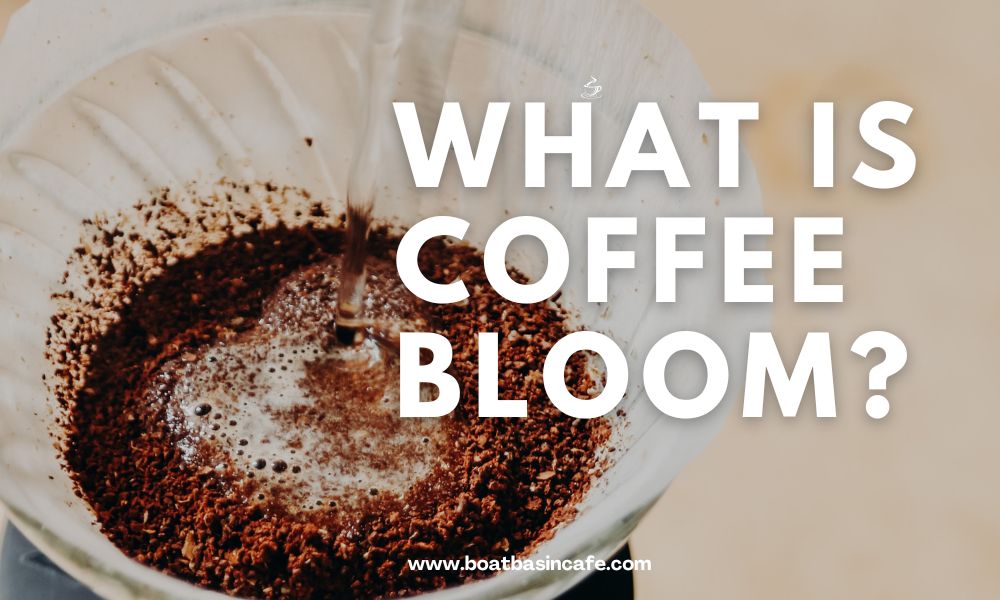
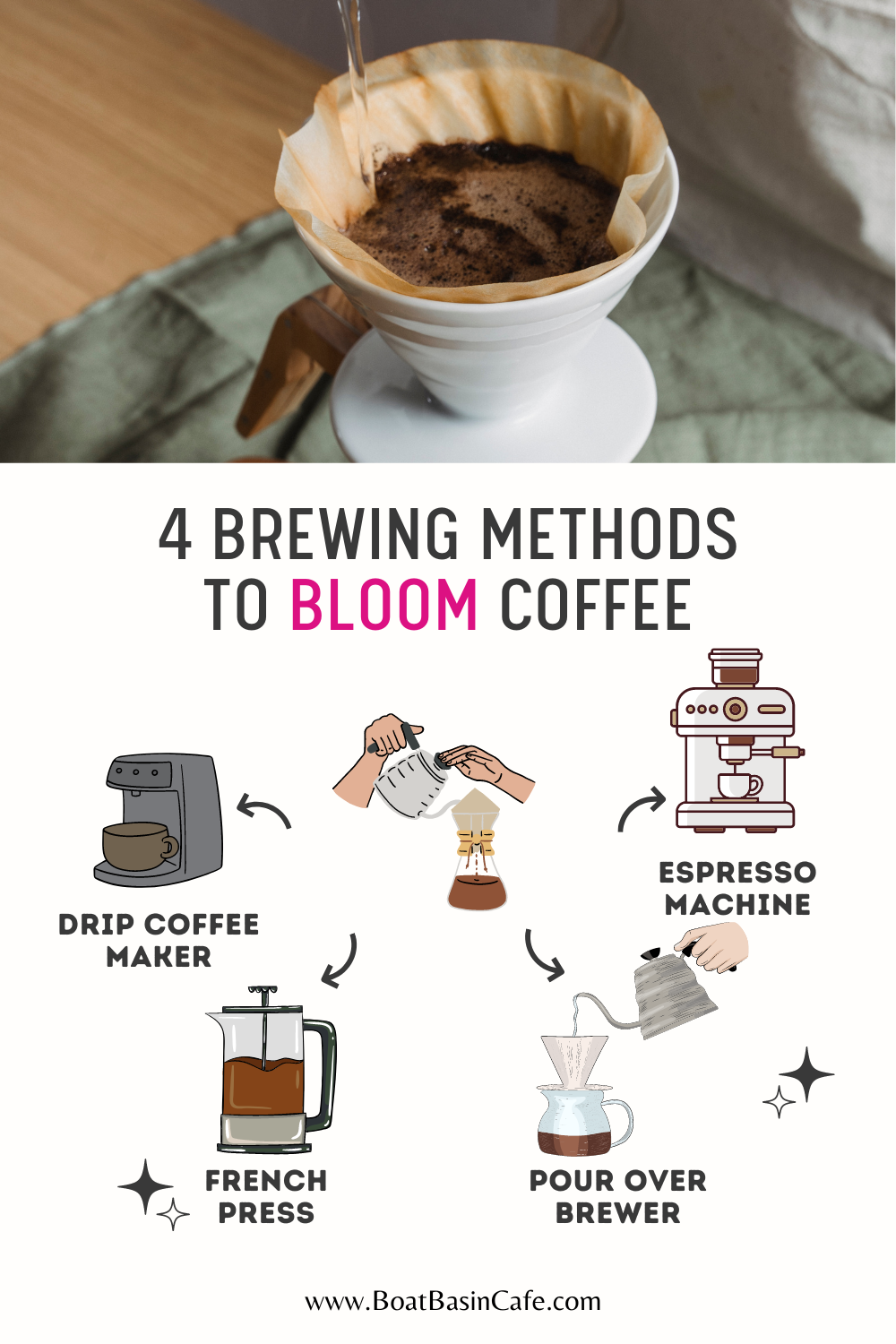
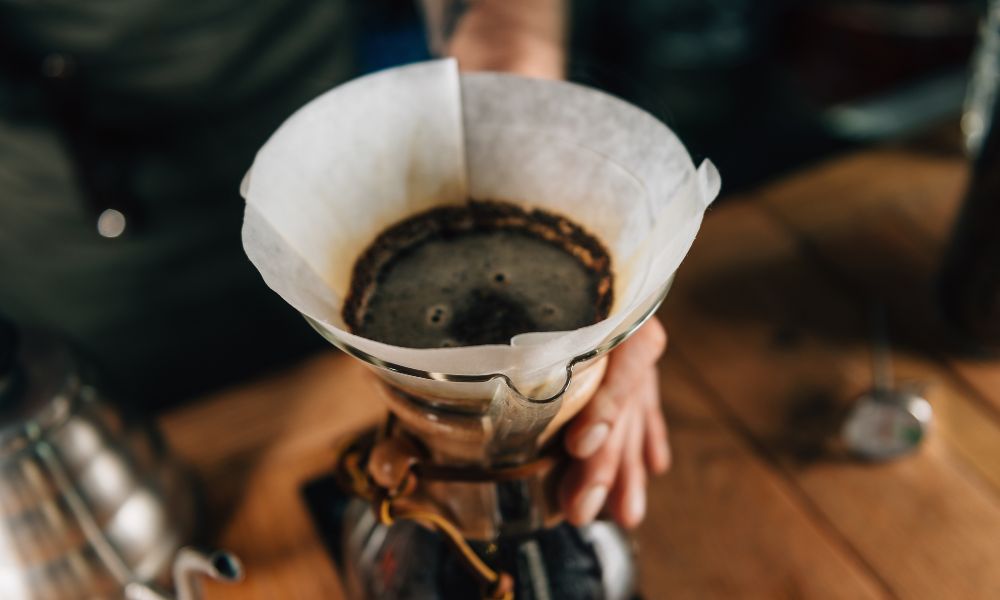


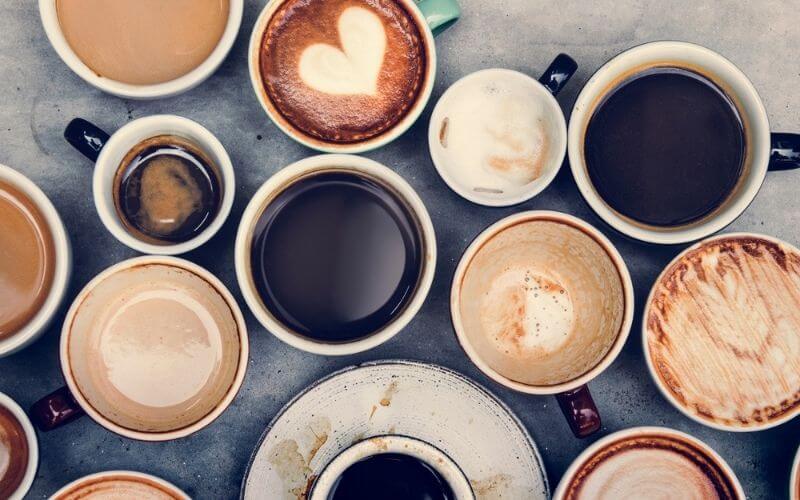
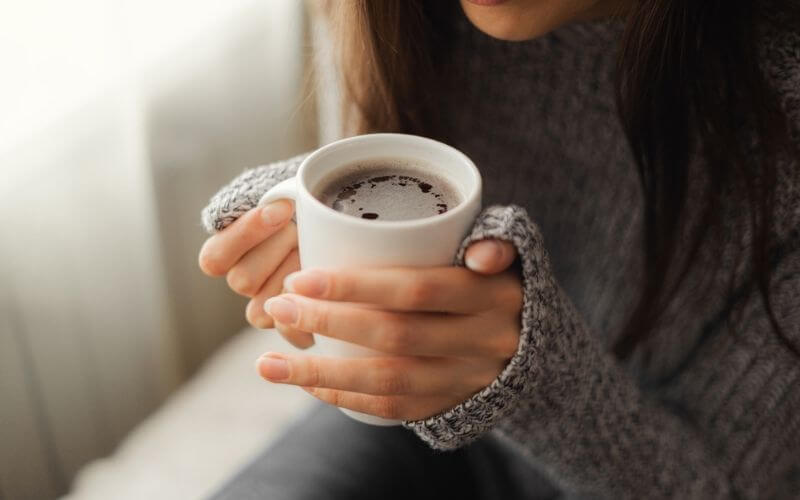
![5 Must-Try Cold Foam Drinks From Starbucks [2023] 20 5 Must-Try Cold Foam Drinks From Starbucks [2023]](https://boatbasincafe.com/wp-content/uploads/2023/01/5-Must-Try-Cold-Foam-Drinks-From-Starbucks.jpeg)
![5 Must-Try Cold Foam Drinks From Starbucks [2023] 22 5 Must-Try Cold Foam Drinks From Starbucks [2023] 4](https://stories.starbucks.com/uploads/2022/12/SBX20221230-Starbucks-Winter-Promo-FY23-2-1024x1024.jpg)
![5 Must-Try Cold Foam Drinks From Starbucks [2023] 23 Vanilla Sweet Cream Nitro Cold Brew](https://boatbasincafe.com/wp-content/uploads/2023/01/Vanilla-Sweet-Cream-Nitro-Cold-Brew-300x300.png)
![5 Must-Try Cold Foam Drinks From Starbucks [2023] 24 Nitro Cold Brew with Cascara Cold Foam](https://boatbasincafe.com/wp-content/uploads/2023/01/Nitro-Cold-Brew-with-Cascara-Cold-Foam-300x300.png)
![5 Must-Try Cold Foam Drinks From Starbucks [2023] 25 5 Must-Try Cold Foam Drinks From Starbucks [2023] 5](https://boatbasincafe.com/wp-content/uploads/2023/01/Irish-Cream-Cold-Brew-300x300.png)
![5 Must-Try Cold Foam Drinks From Starbucks [2023] 26 5 Must-Try Cold Foam Drinks From Starbucks [2023] 6](https://stories.starbucks.com/uploads/2020/01/SBX2020106-Almondmilk-Honey-Latte.jpg)


